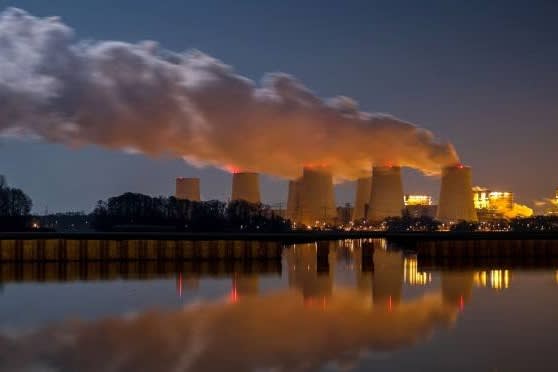Carbon offset transactions surge despite environmental concerns
Pollution updates
Sign up to myFT Daily Digest to be the first to know about Pollution news.
The scramble by organisations to meet climate change targets has boosted trading in units linked to the avoidance or reduction of carbon emissions by more than half this year to $748m, and could top $1bn by year end.
Despite scepticism about the market’s green credentials, interest in carbon offsets, which are used to compensate for greenhouse gas emissions, is accelerating. Offsets from renewable energy projects have grown to become the second-largest category after forestry and land use, although demand could peak in 2021, according to a report from Ecosystem Marketplace.
After almost doubling to 80.3m in 2020, 80m more renewable energy carbon credits were sold between January and August. But these offsets in particular have come under fire on concerns that the schemes generating them lack integrity.
Each offset is meant to represent a tonne of carbon that has been permanently avoided or removed from the atmosphere.
The units are used by organisations aiming to make good on their net zero emission pledges, and have become popular as pressure on companies to compensate for their greenhouse gas emissions has intensified.
But critics of the market say offsets often do not deliver the environmental benefits they promise, and that the unregulated and fragmented market offers companies a licence to pollute. In light of such concerns, a task force initiated by former Bank of England governor Mark Carney is designing new rules that it hopes will reform the system.
“Carbon credit projects and retailers are struggling to keep up with demand in a hot market,” with net zero ambitions fuelling interest, Ecosystem said on Wednesday.
The most active buyers of offsets are the energy, consumer goods, finance and insurance sectors, but there has also been an increase in speculative buying from those looking to profit from trading offsets.
Offsetting schemes, such as those linked to wind farms or solar farms, must show that they are “additional” — meaning they cannot exist without revenue from the sale of carbon credits.
Increasingly, however, critics question whether offset-generating renewable energy projects truly depend on carbon finance. They note that investor interest in projects such as solar farms is growing regardless of the schemes, as governments and companies around the world pledge to switch to clean forms of power.

“The financial additionality case is [now] harder to make,” said Patrick Maguire, one of the Ecosystem report’s lead authors. “Particularly in developed countries we don’t expect to see significant new supply in the coming years.”
Two of the major certification bodies for the schemes stopped approving them for most new renewables projects last year. However, many such schemes that were approved prior to the change have generated, and will continue to produce, large quantities of offsets that can be traded.
Many renewable energy project offsets are cheap to buy, costing on average $1.10 per offset as of September, against $1.42 in 2019. That compares with an average of $4.73 for forestry offsets sold this year, Ecosystem said.
Prices in the voluntary carbon offsets market are typically much lower than those in regulated systems run by a number of countries, such as the EU’s emissions trading scheme. The price for carbon allowances that are traded under the EU system rose to more than €60 this year.
Climate Capital

Where climate change meets business, markets and politics. Explore the FT’s coverage here.
Are you curious about the FT’s environmental sustainability commitments? Find out more about our science-based targets here